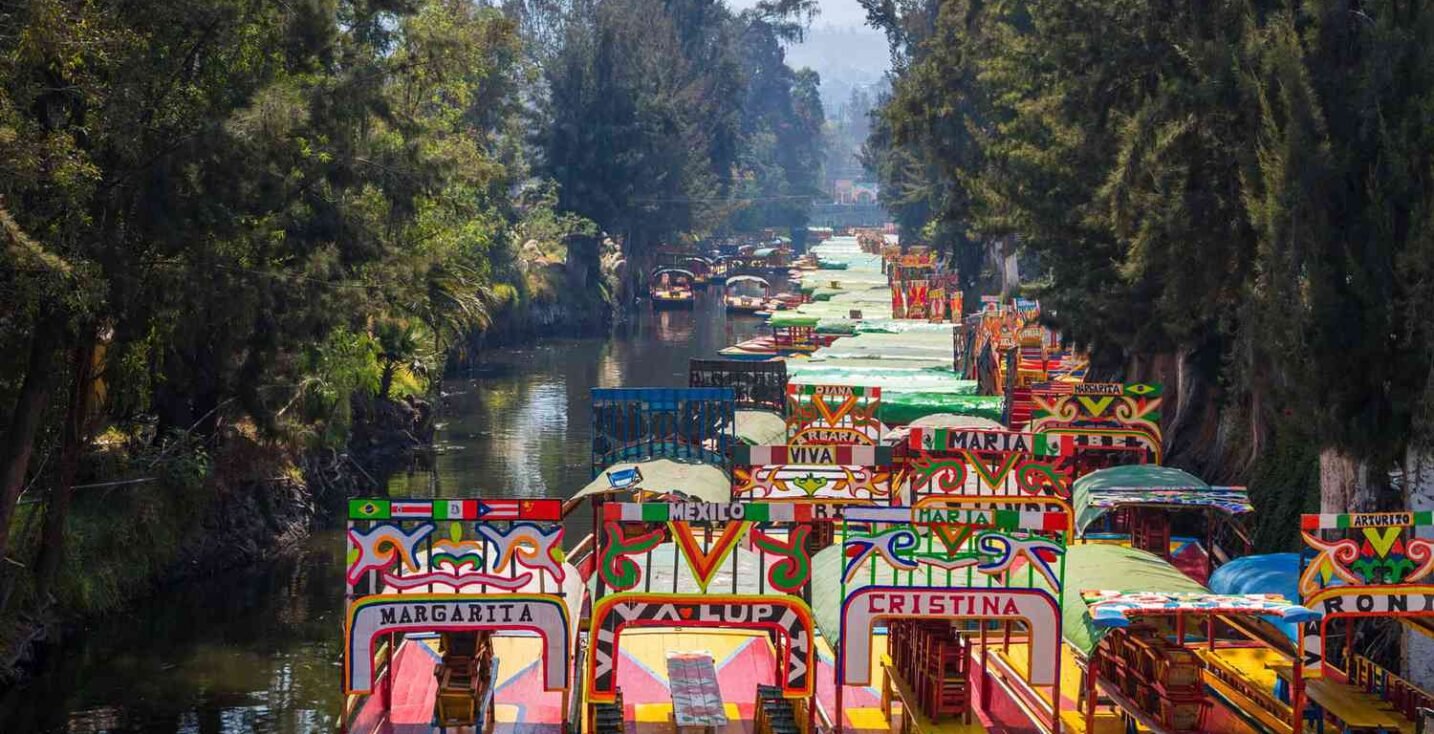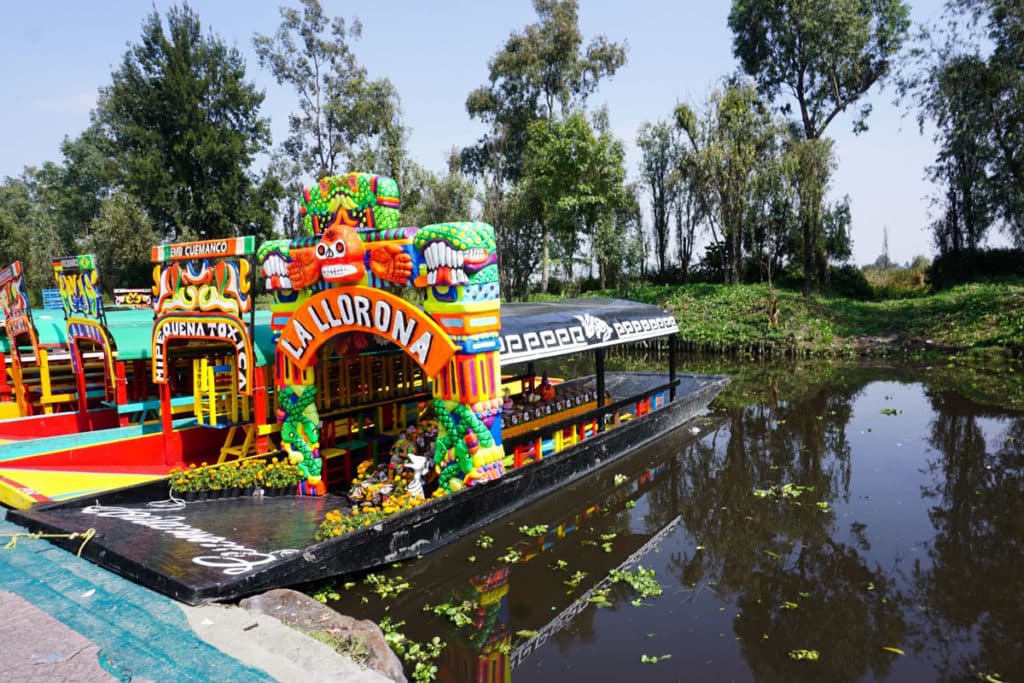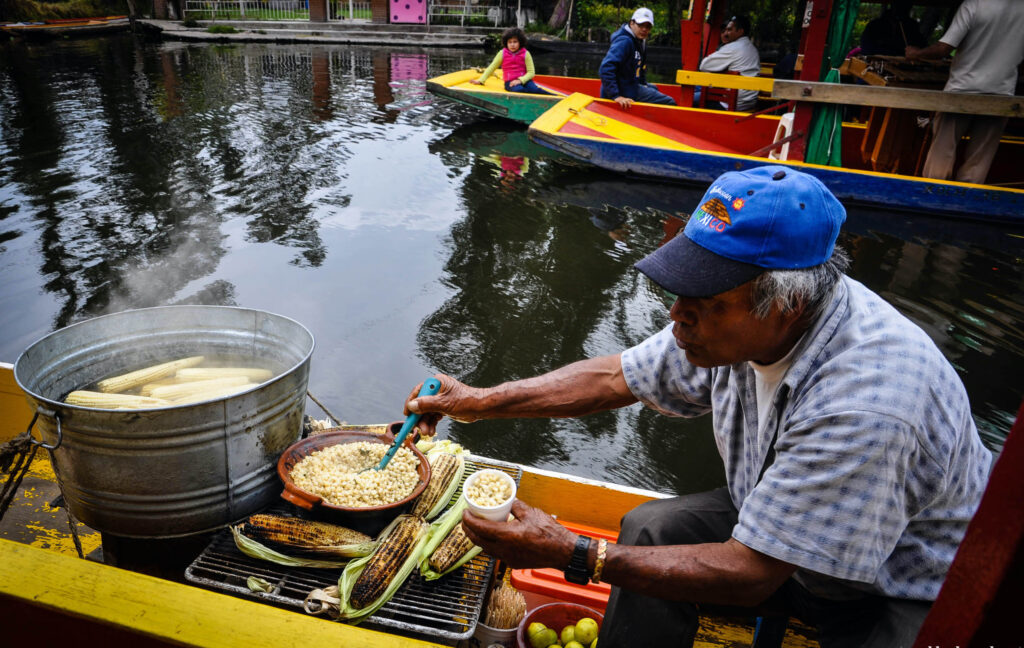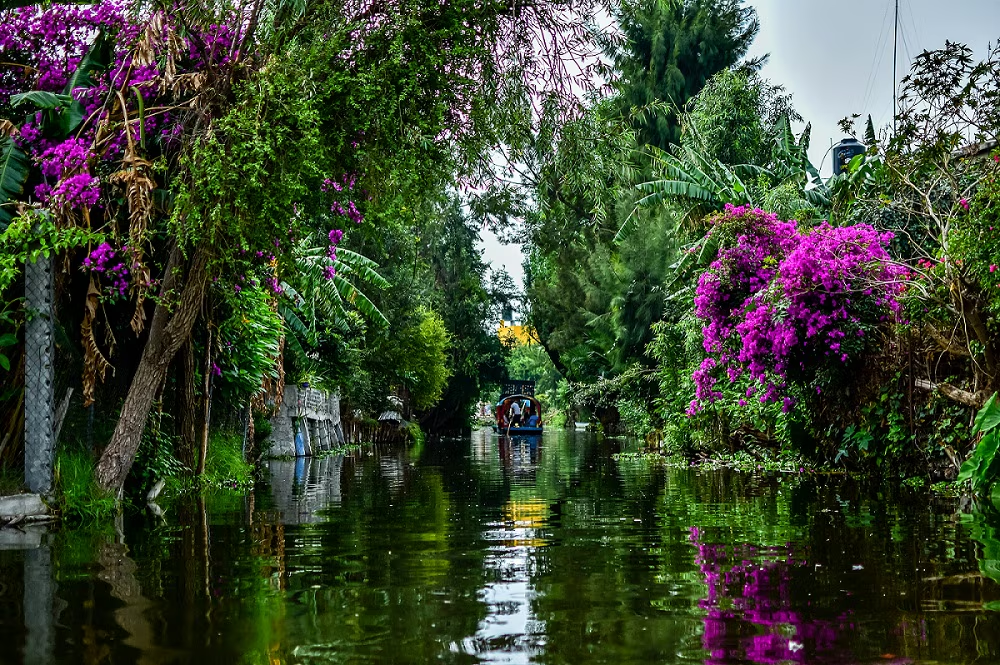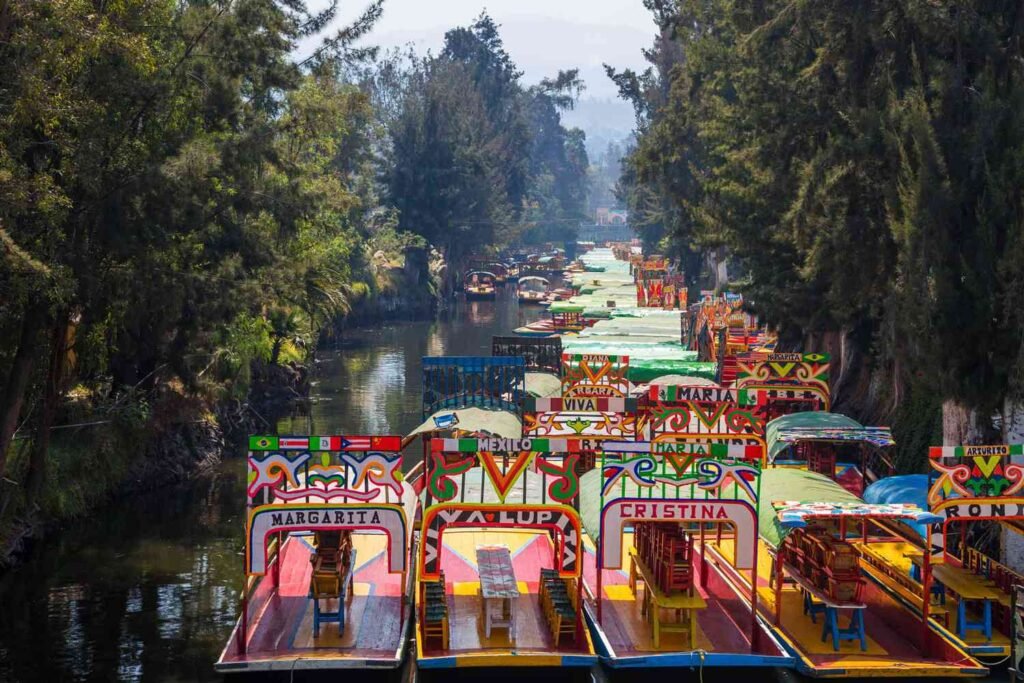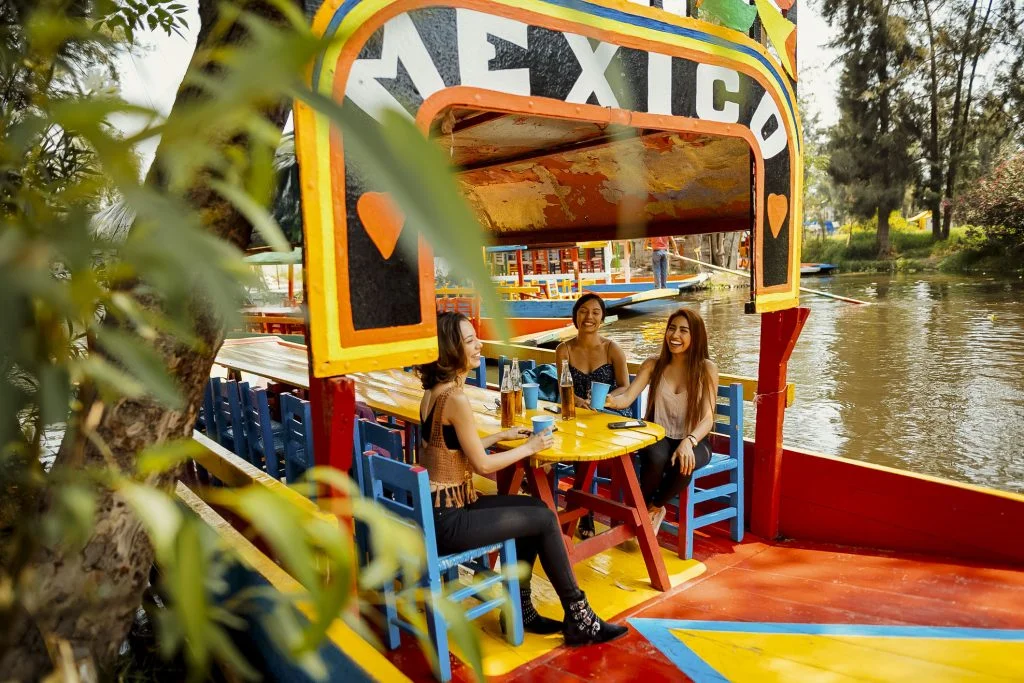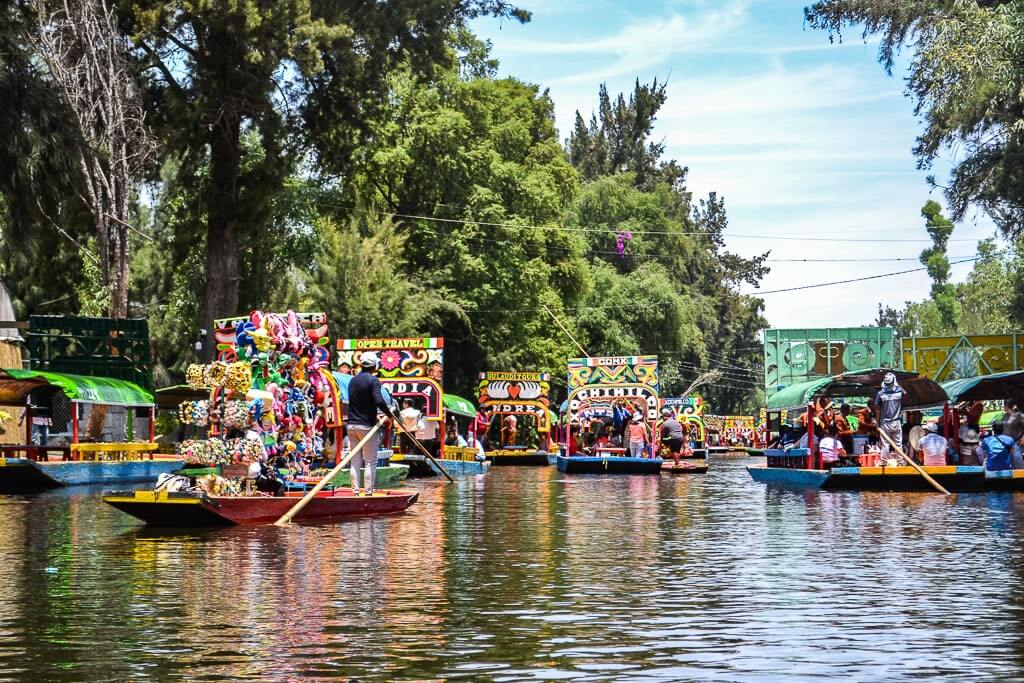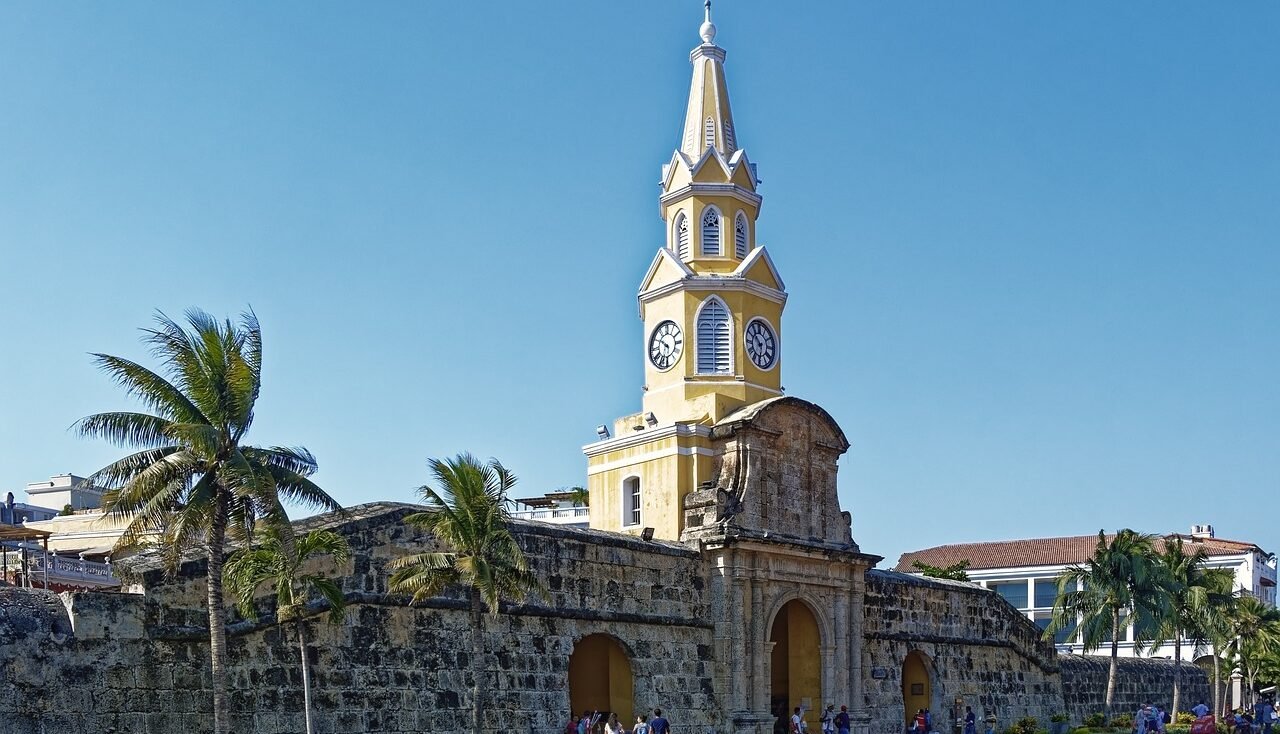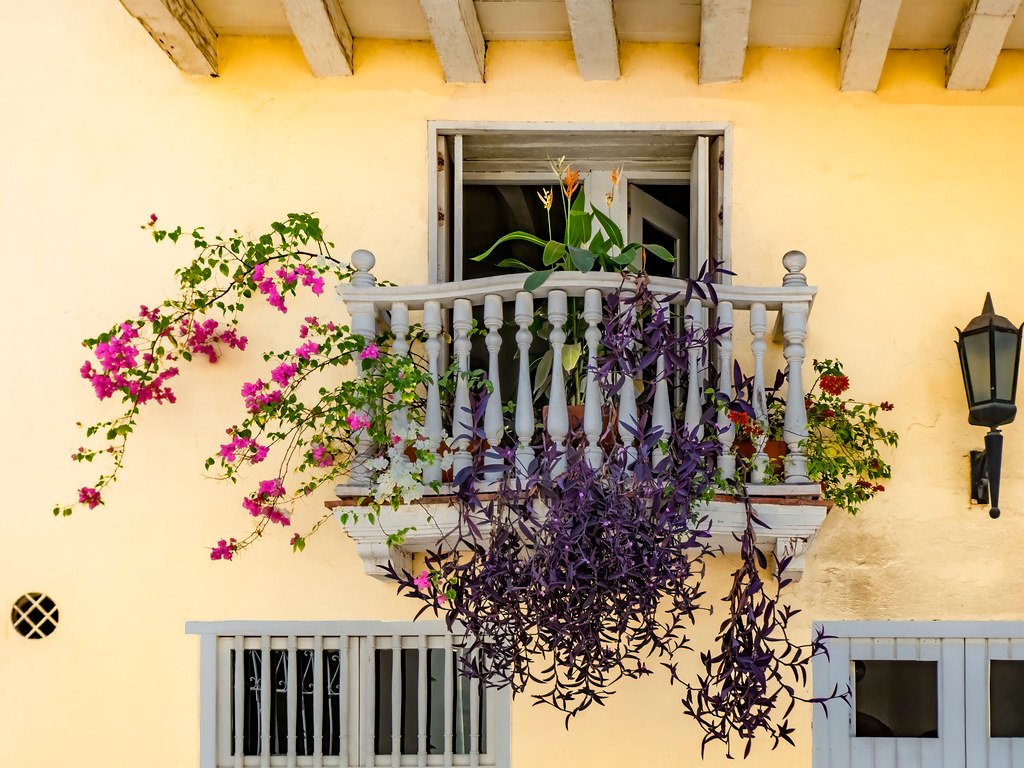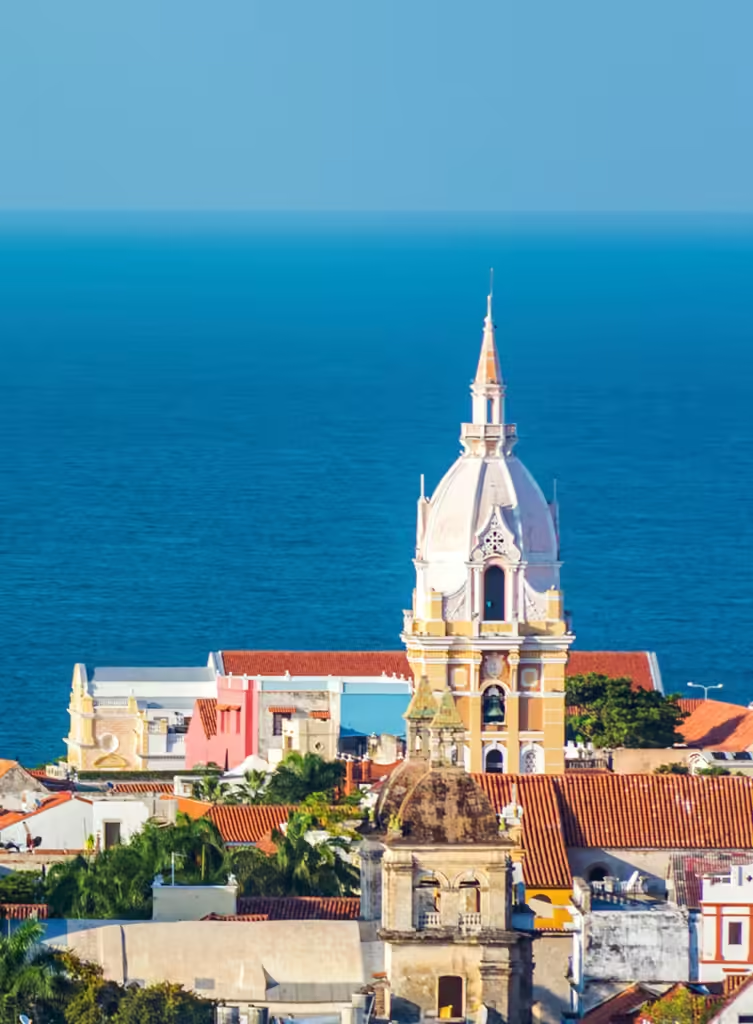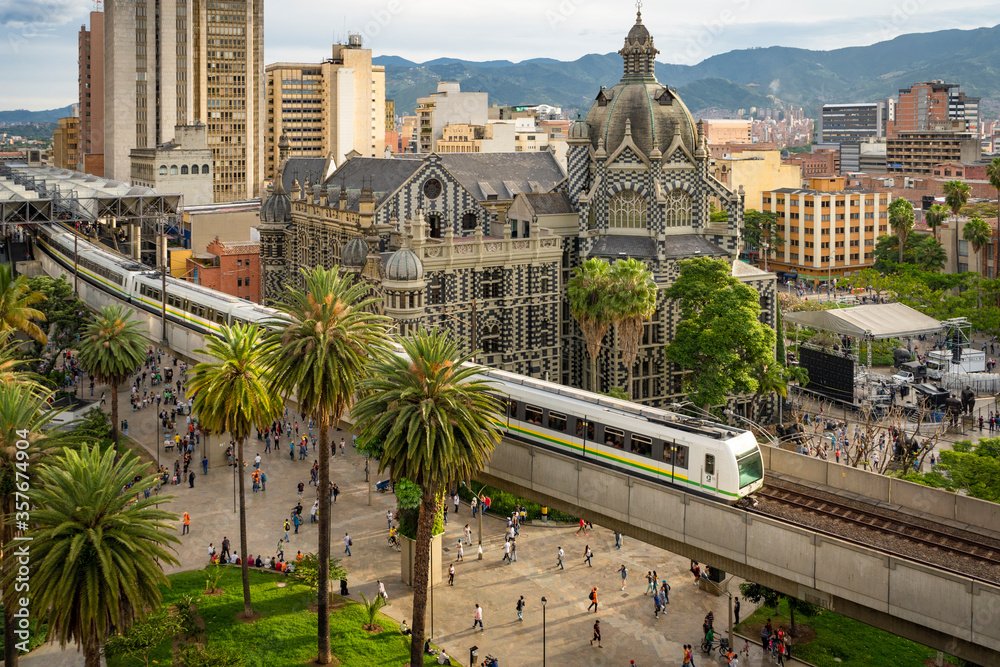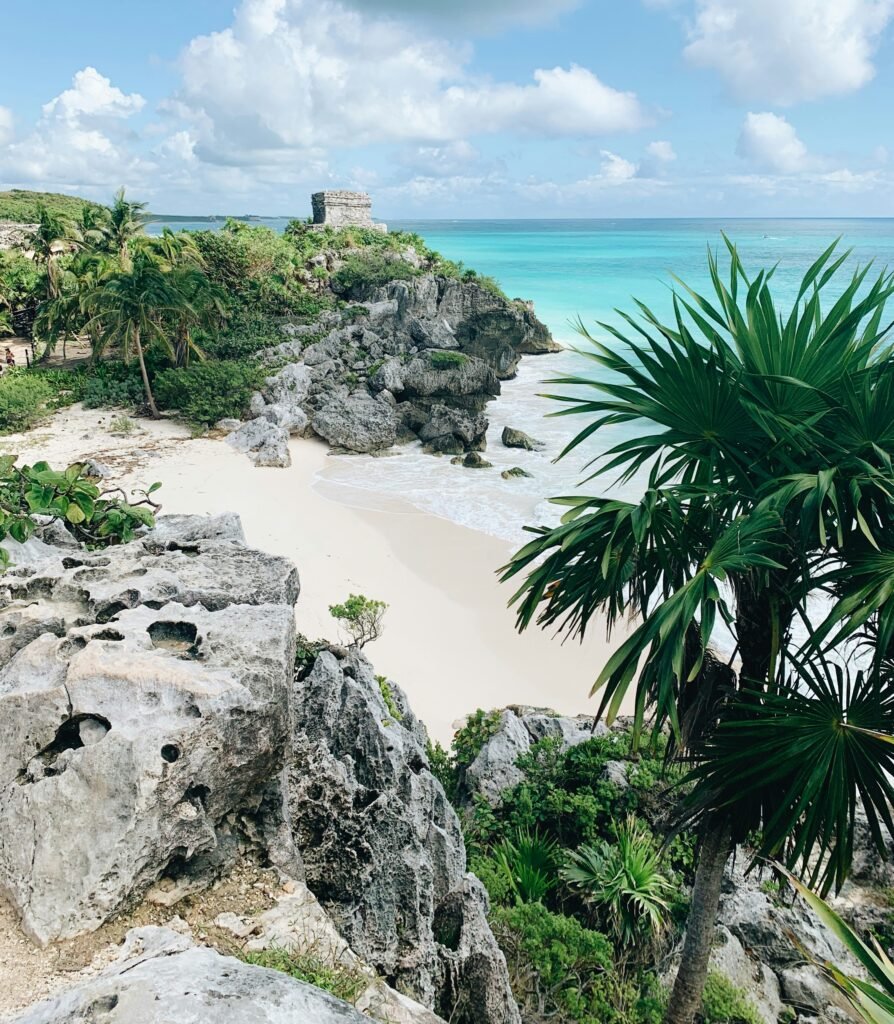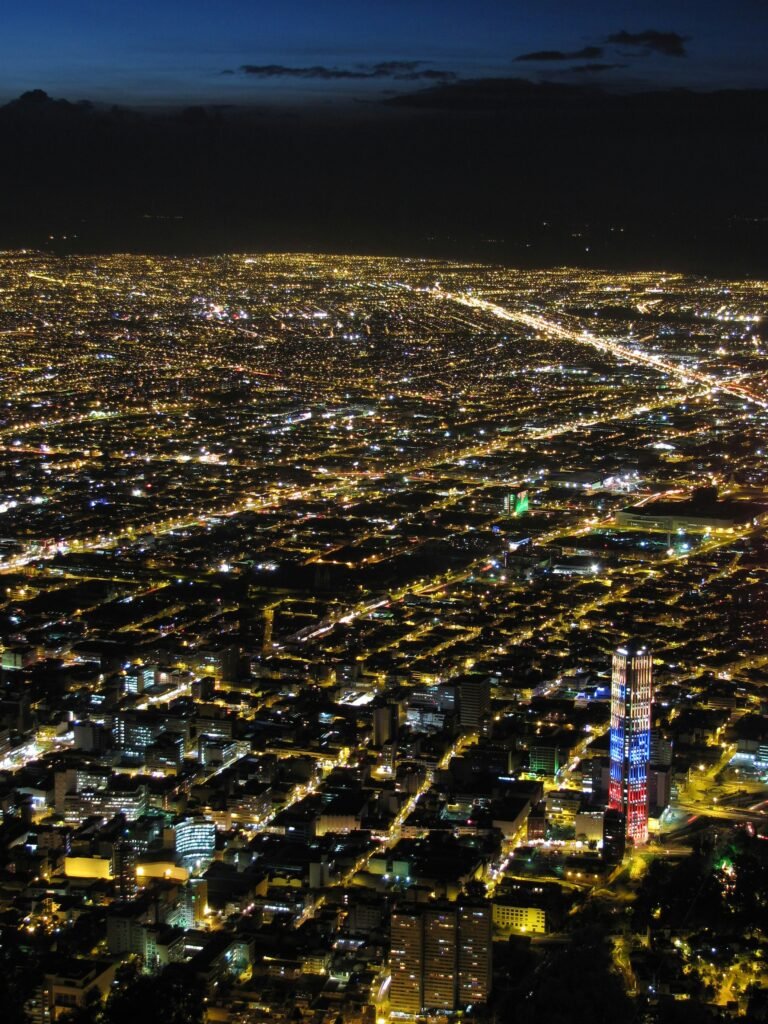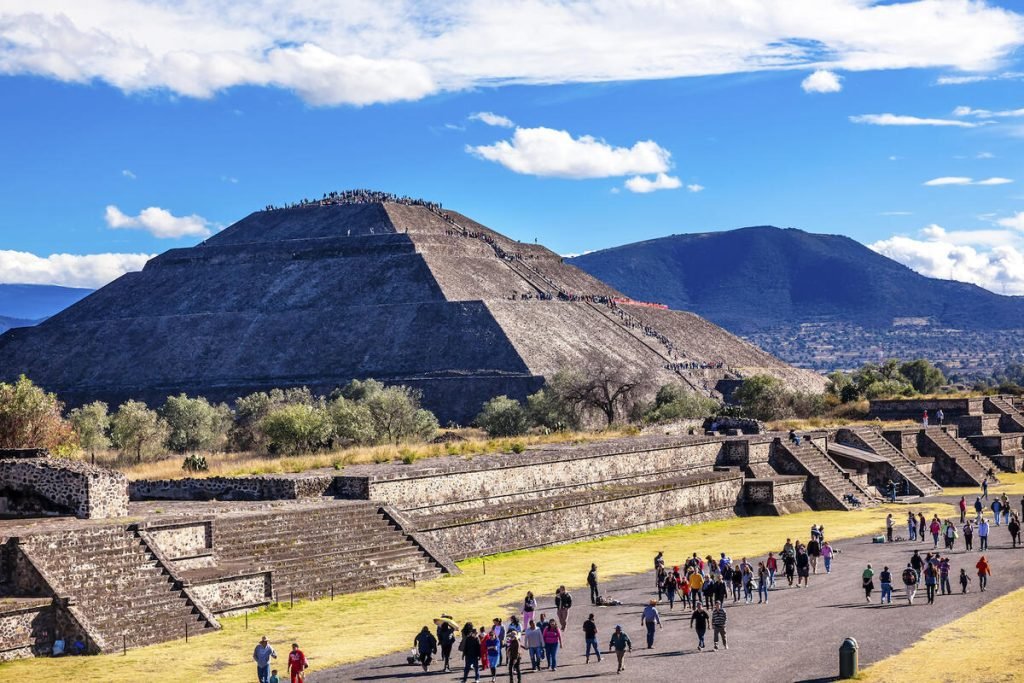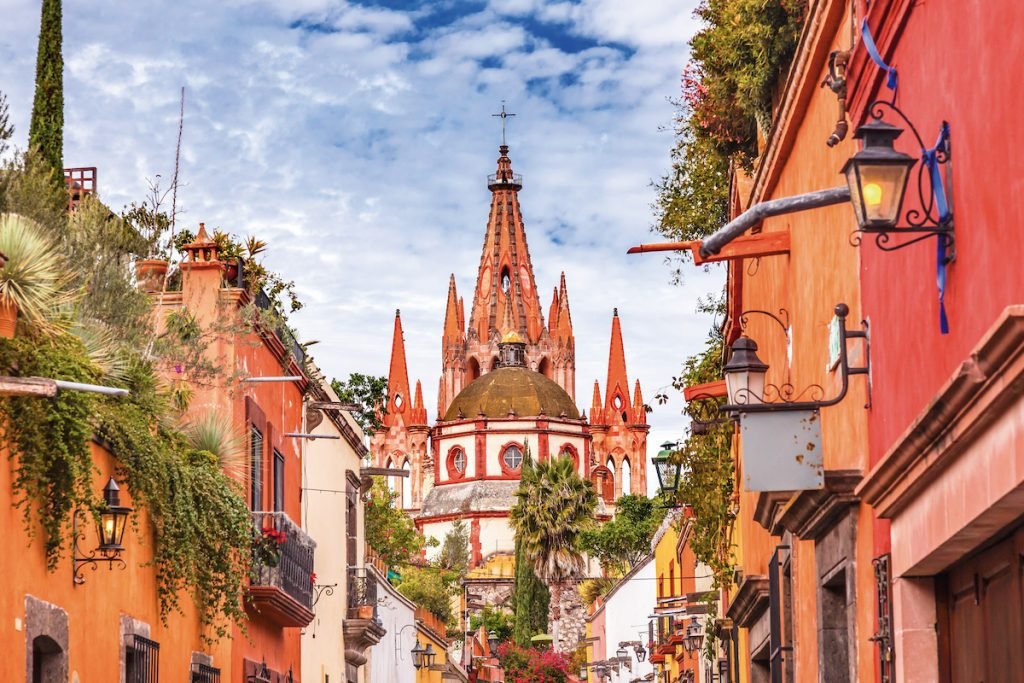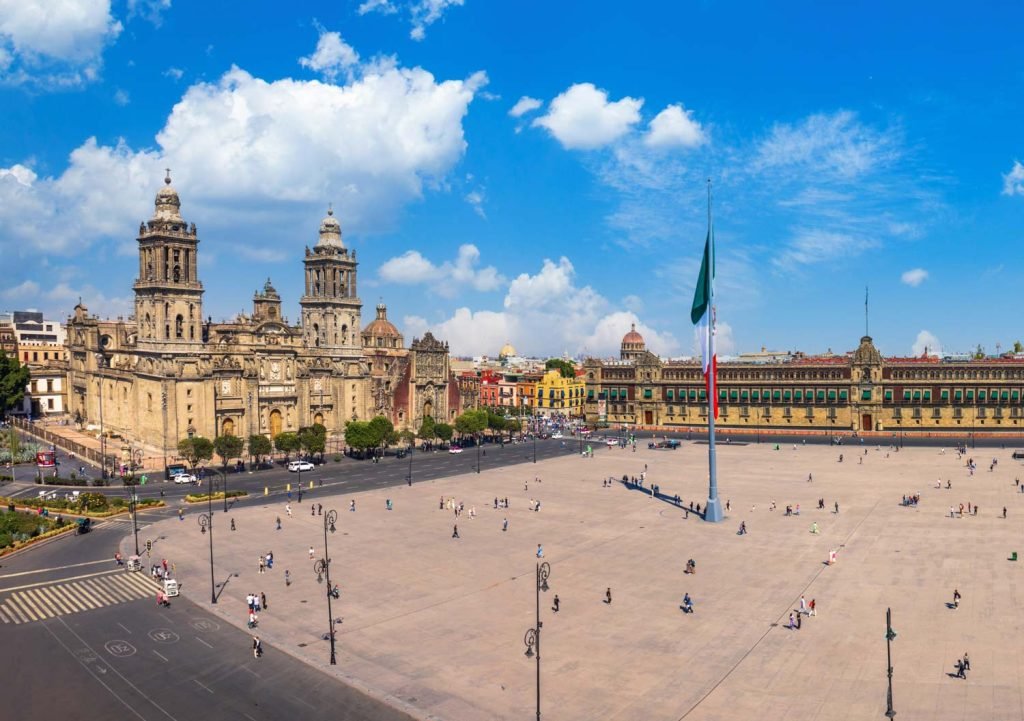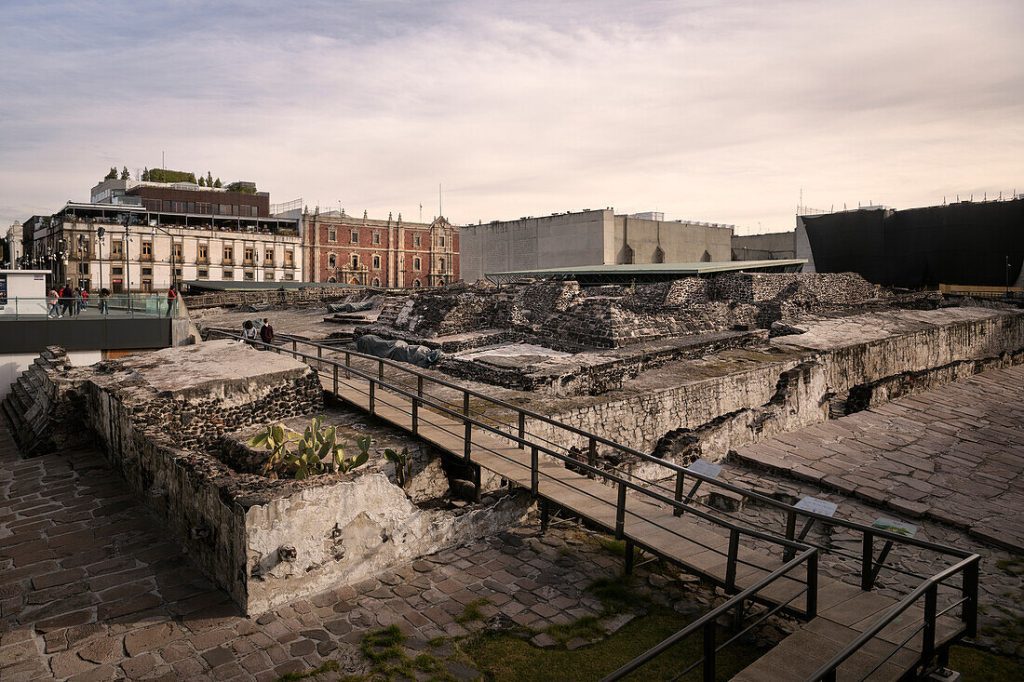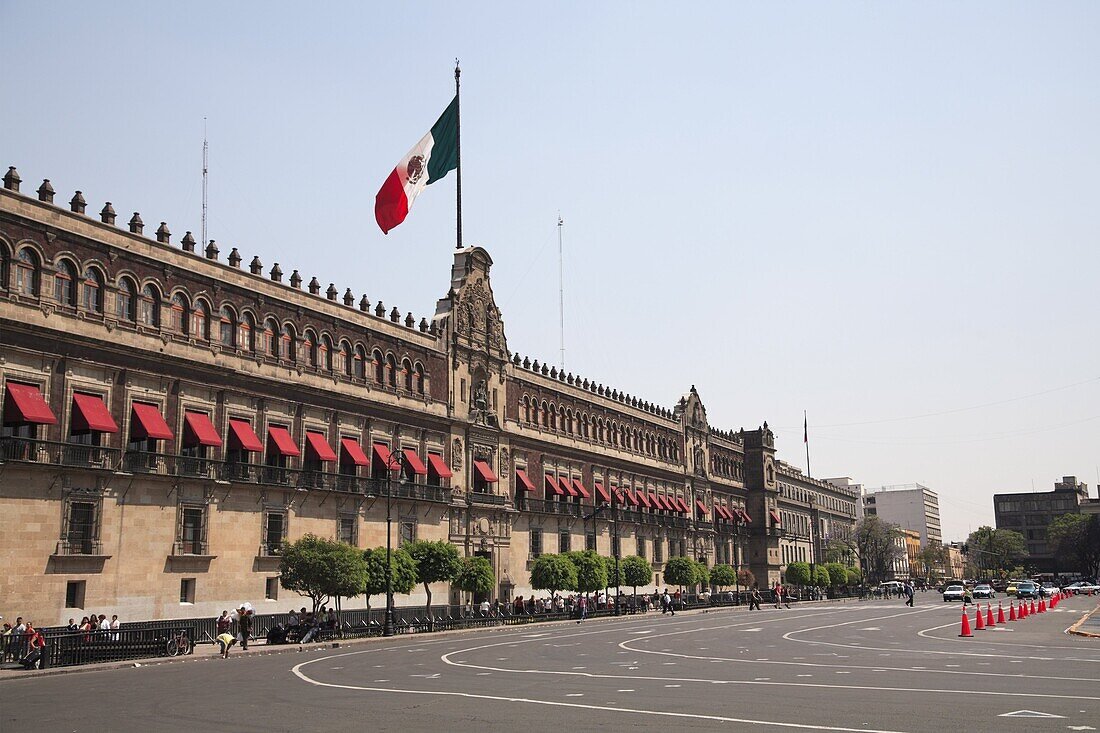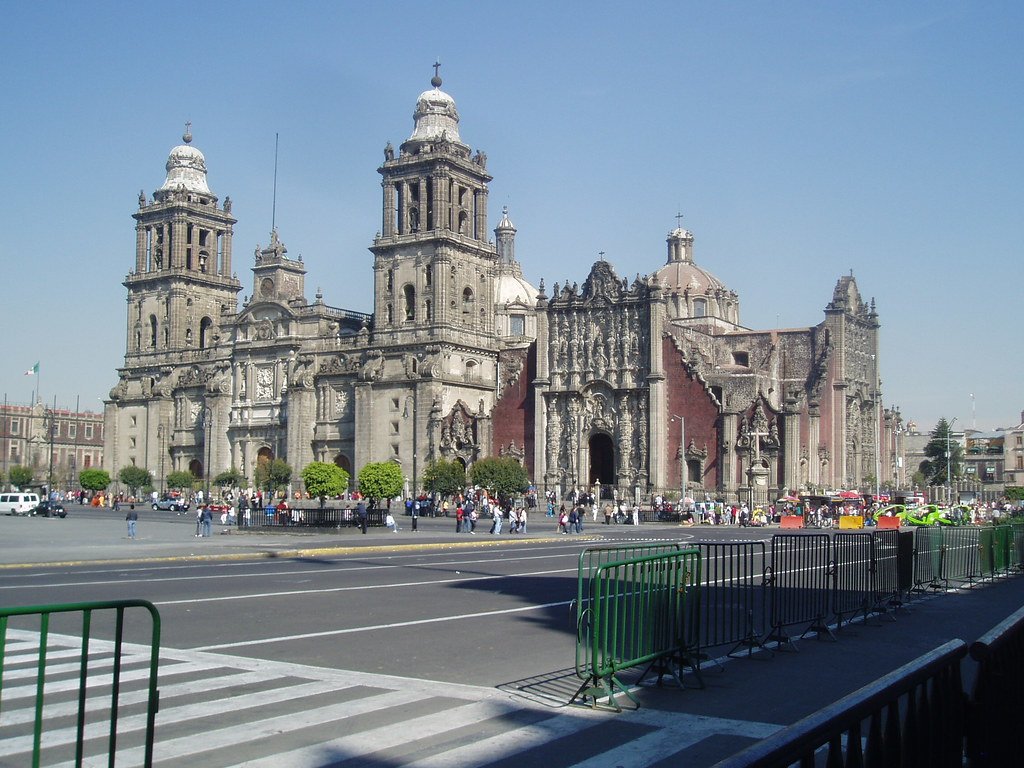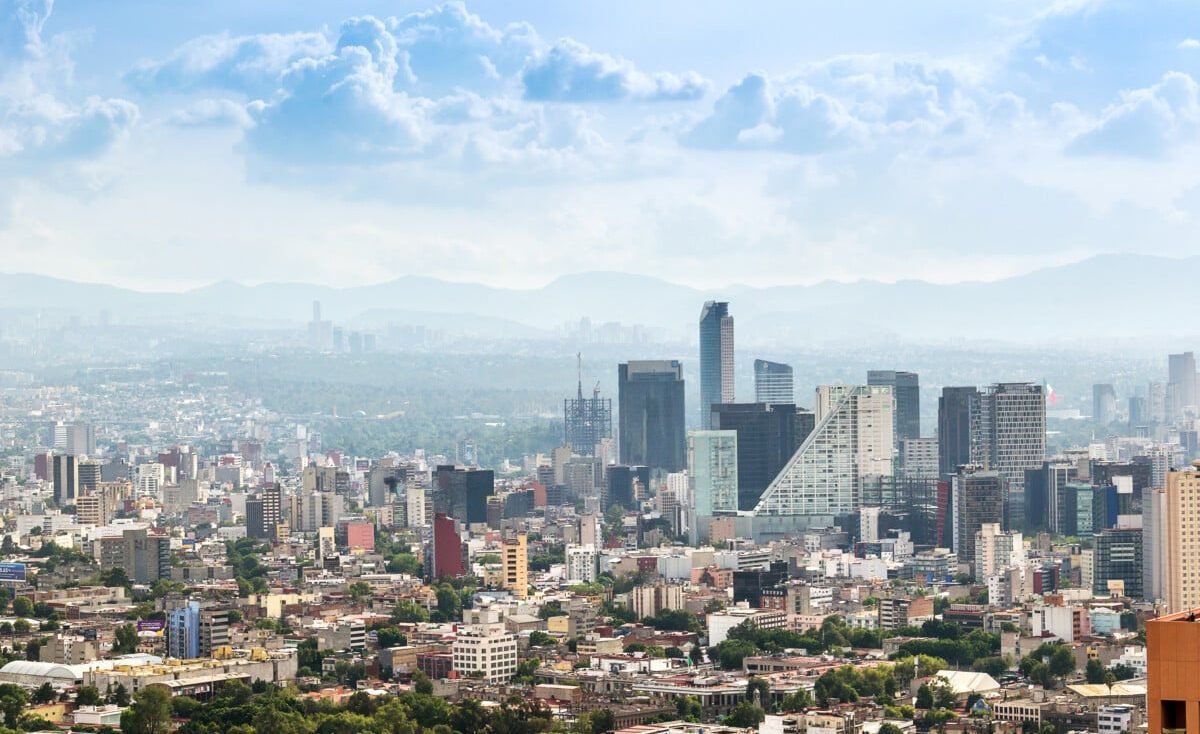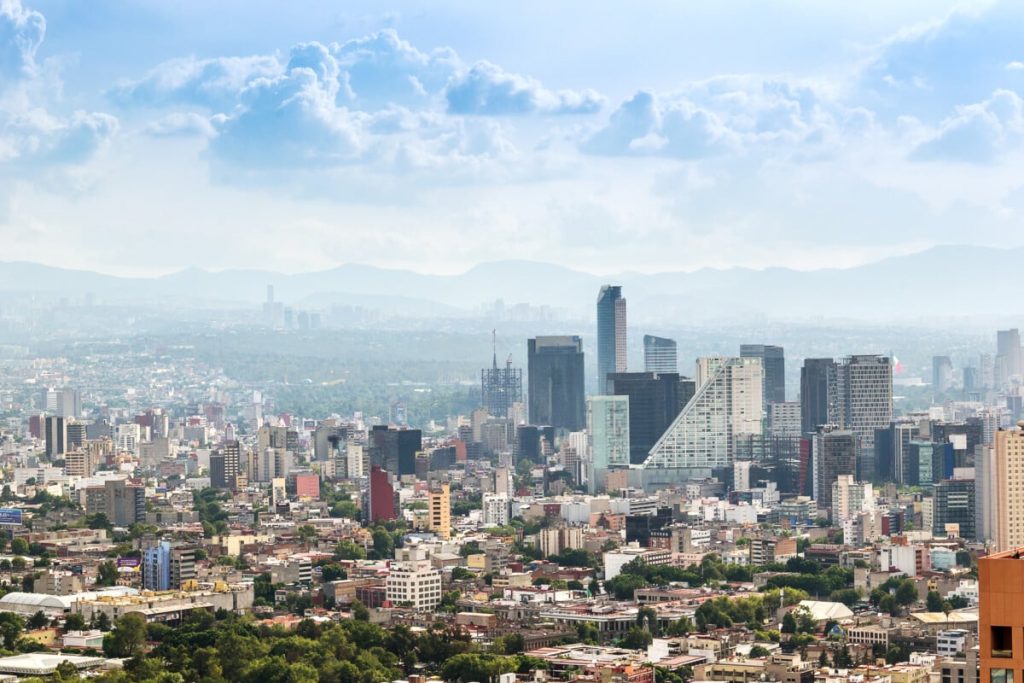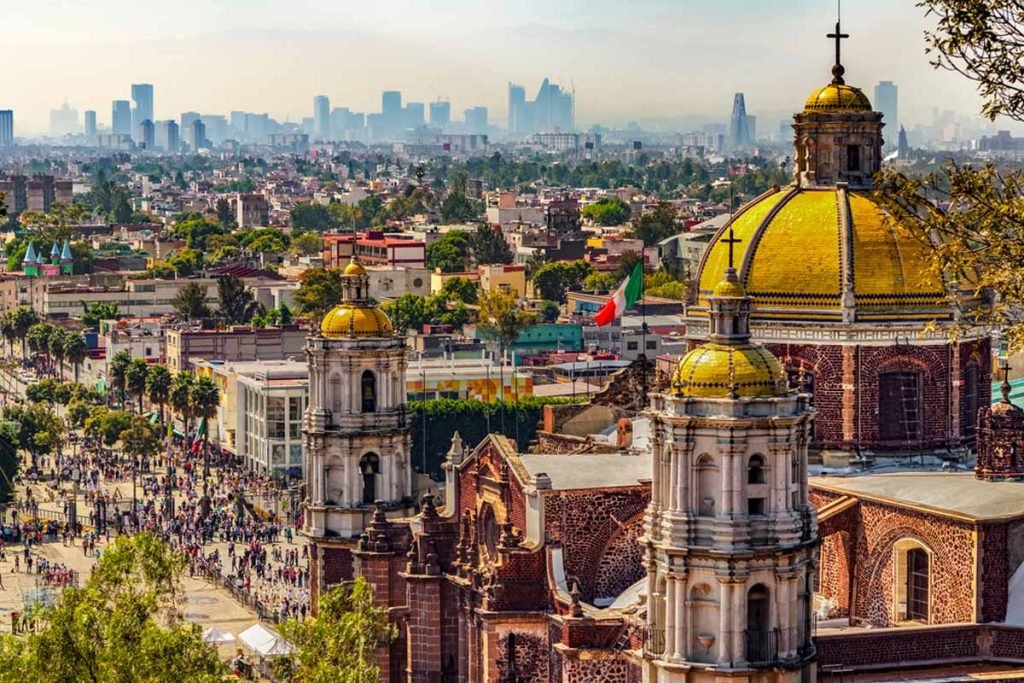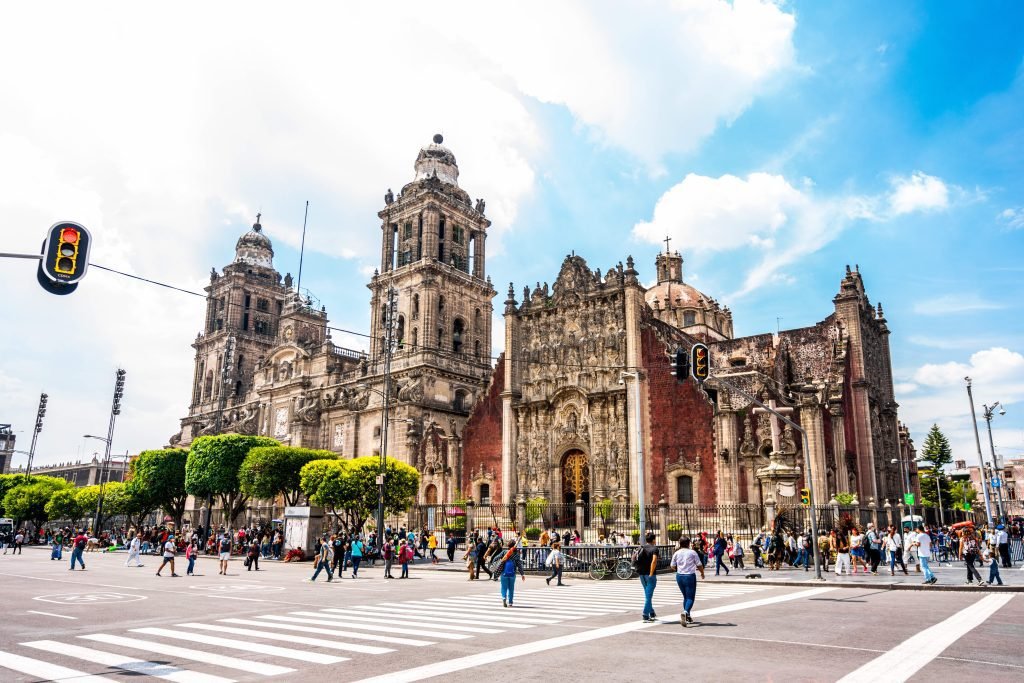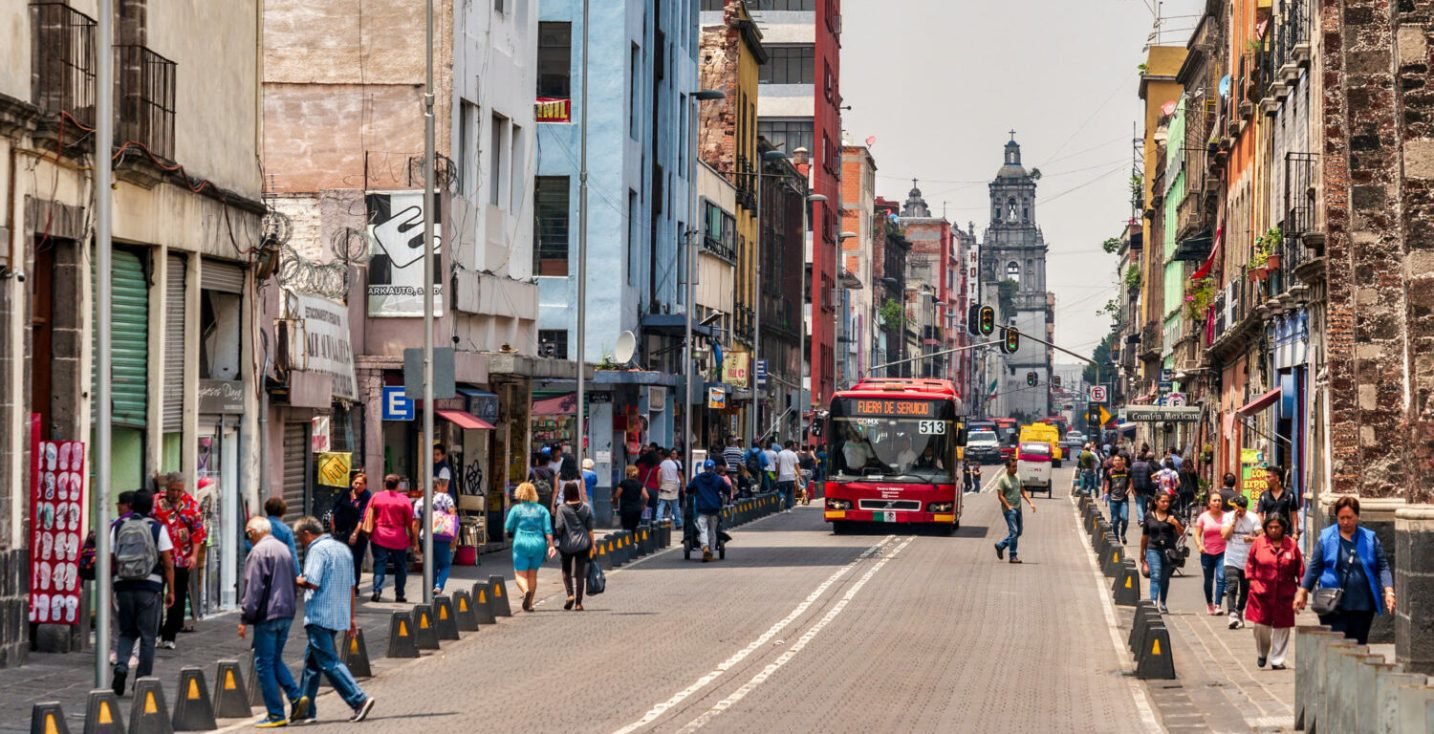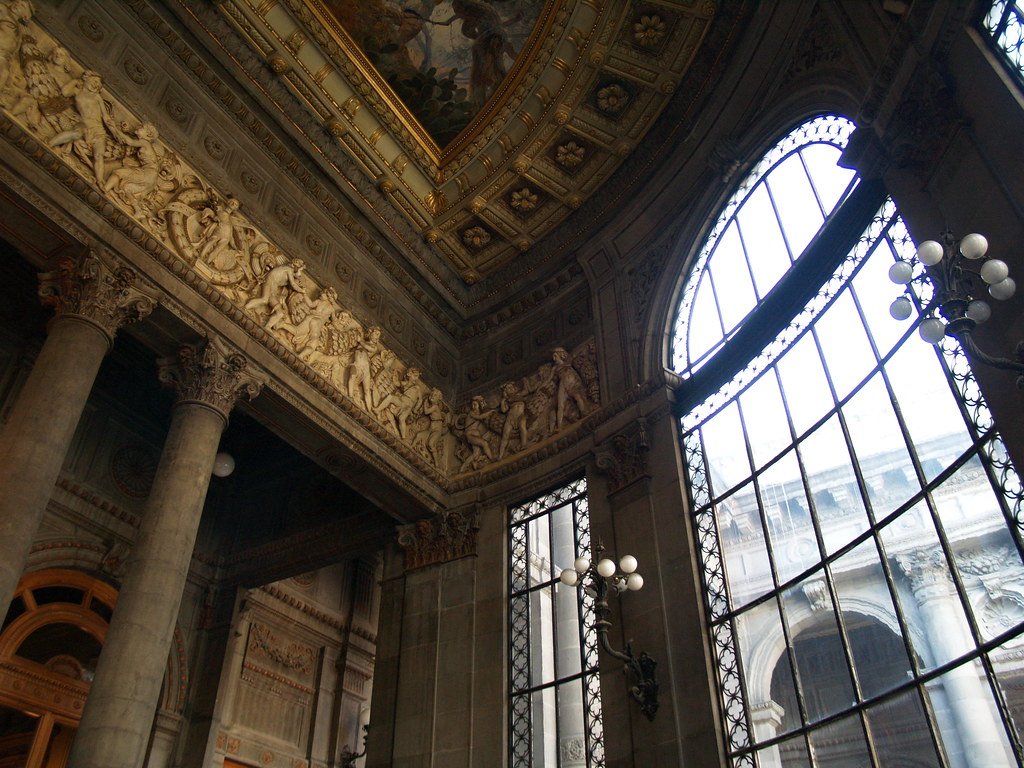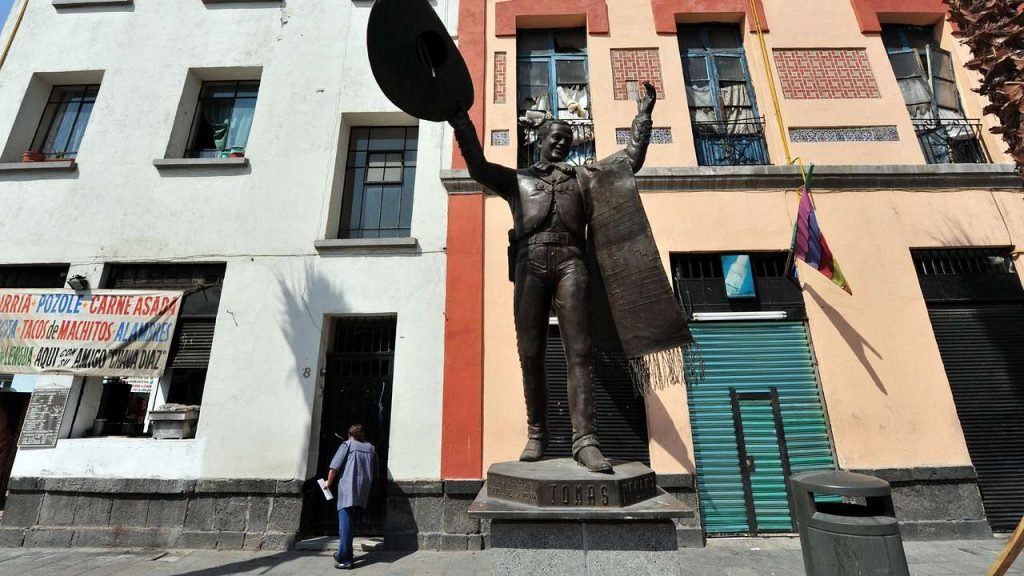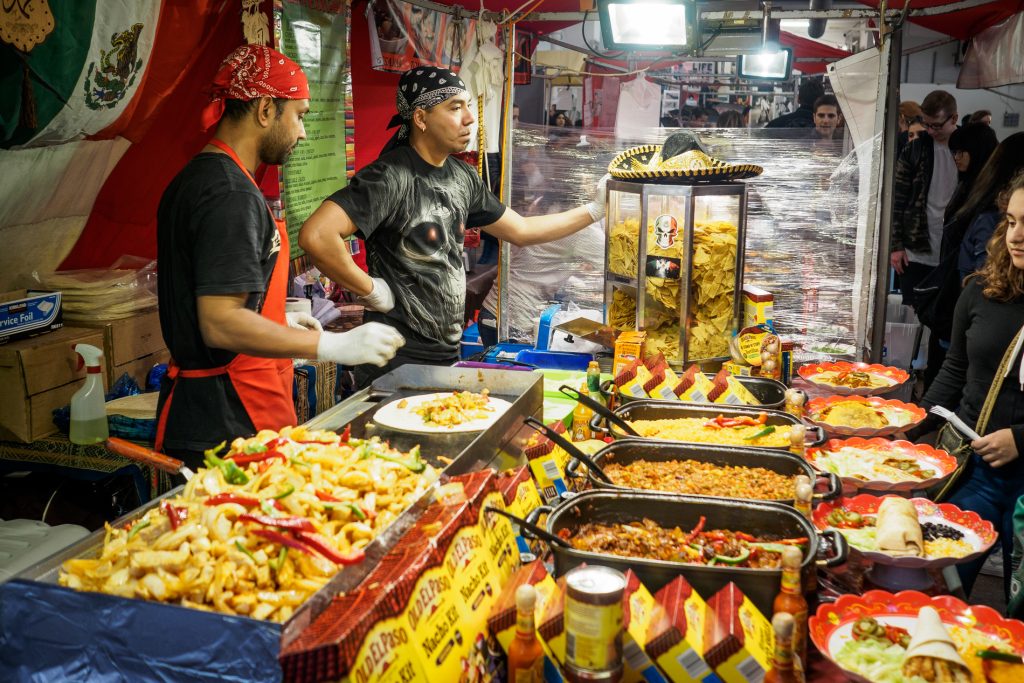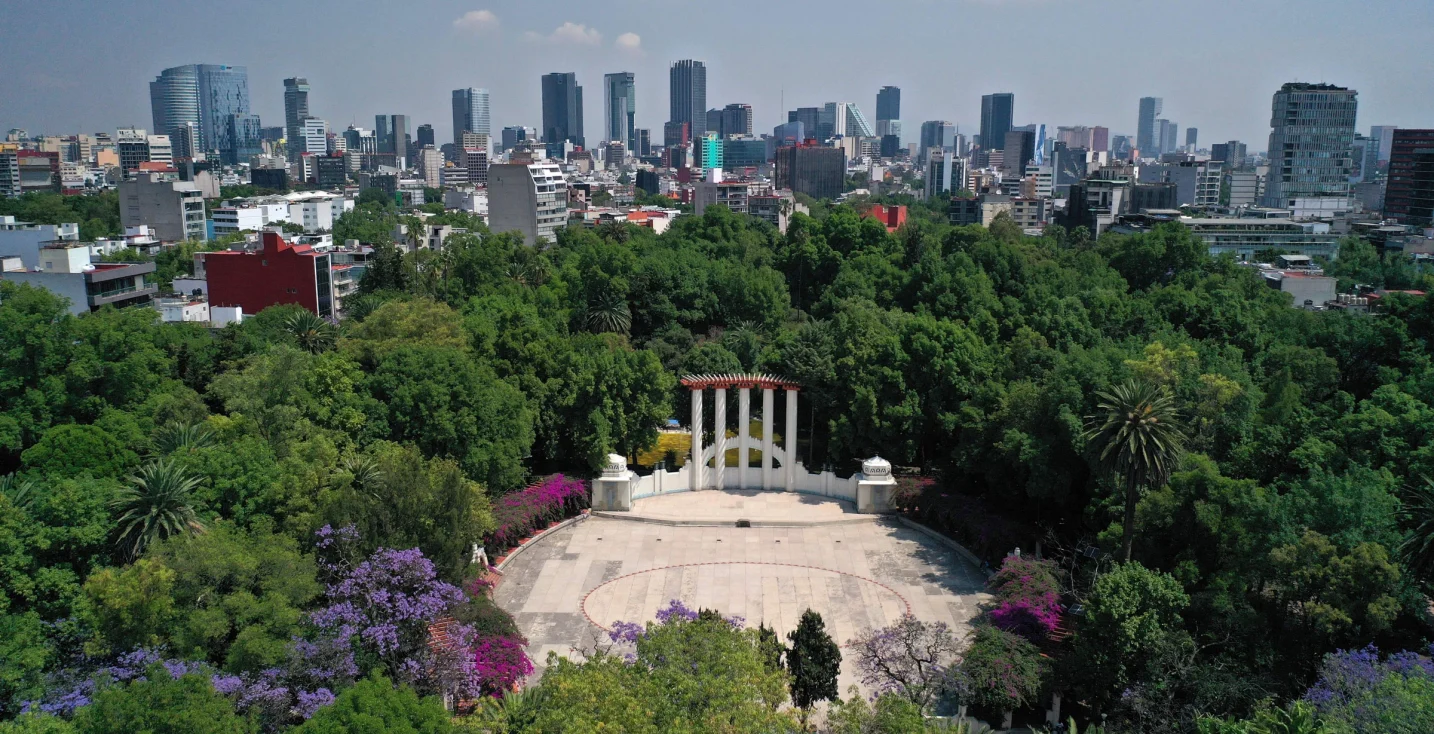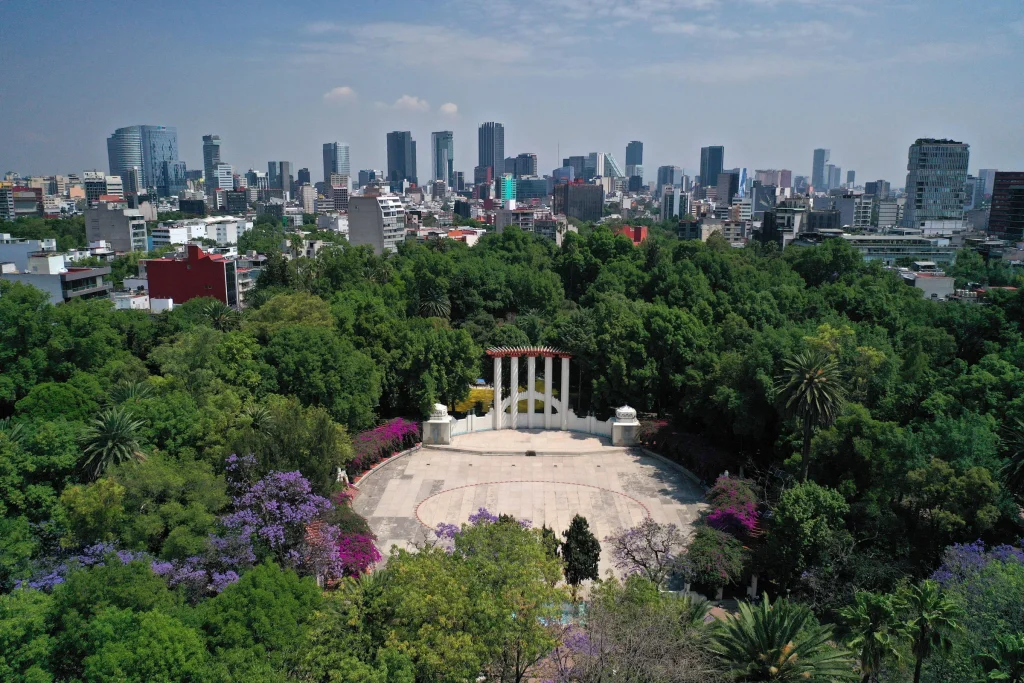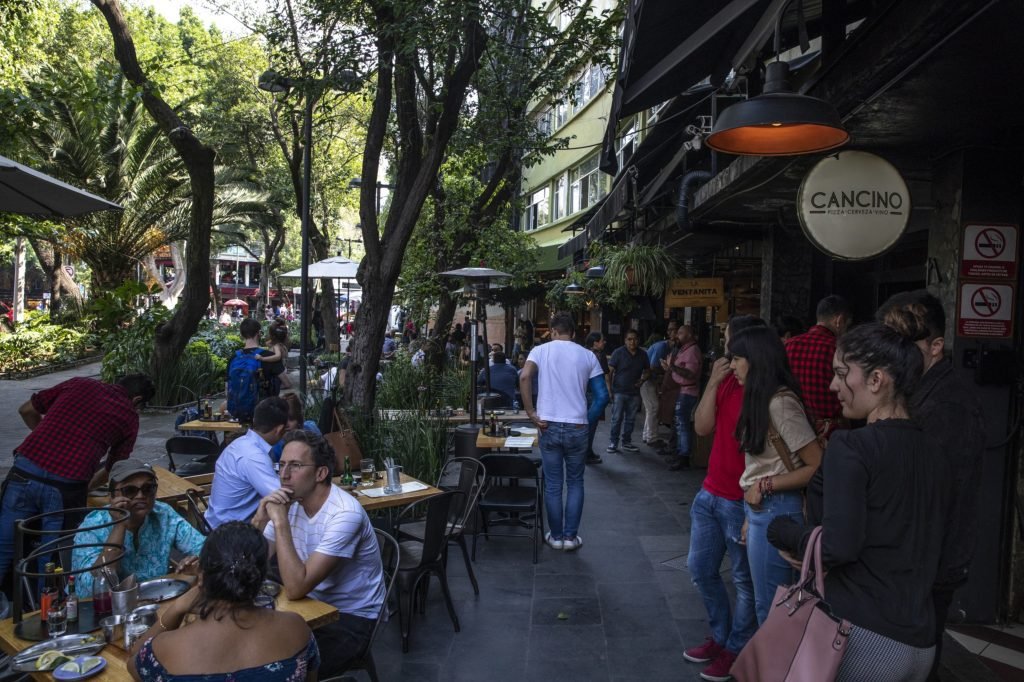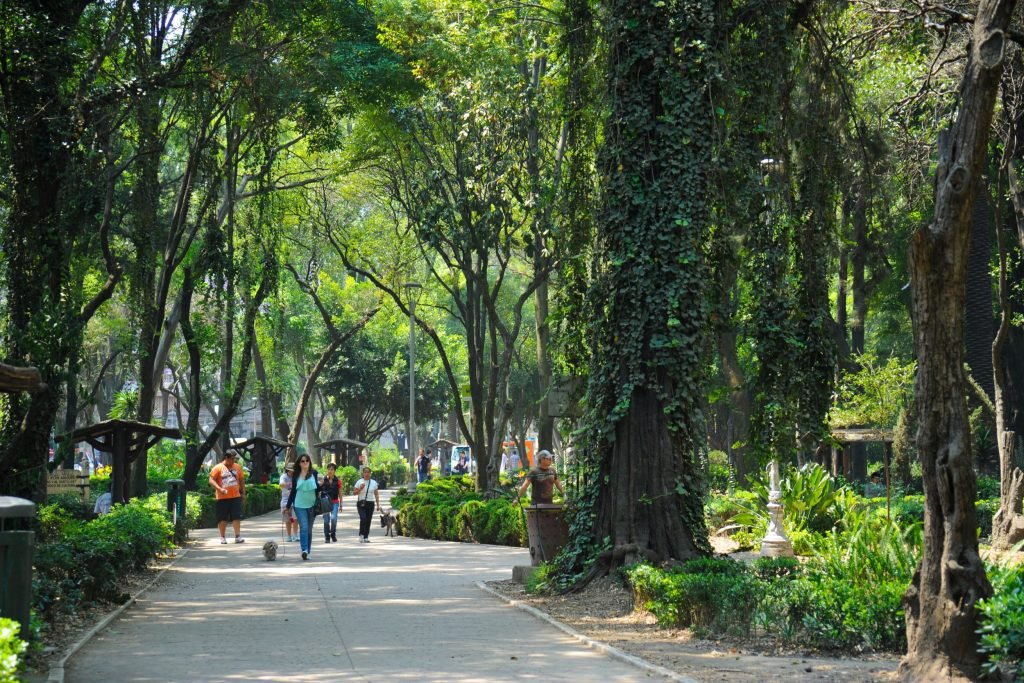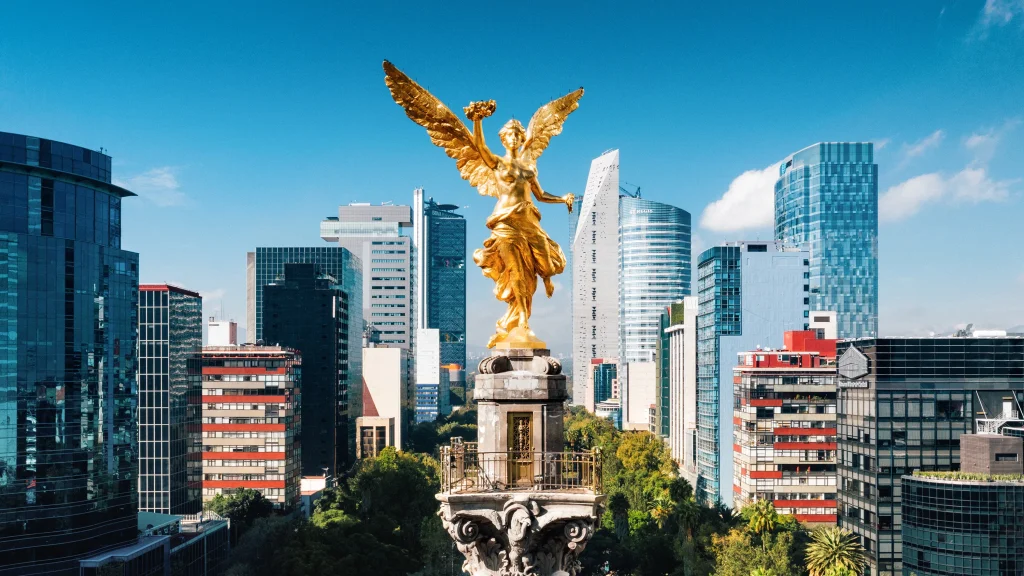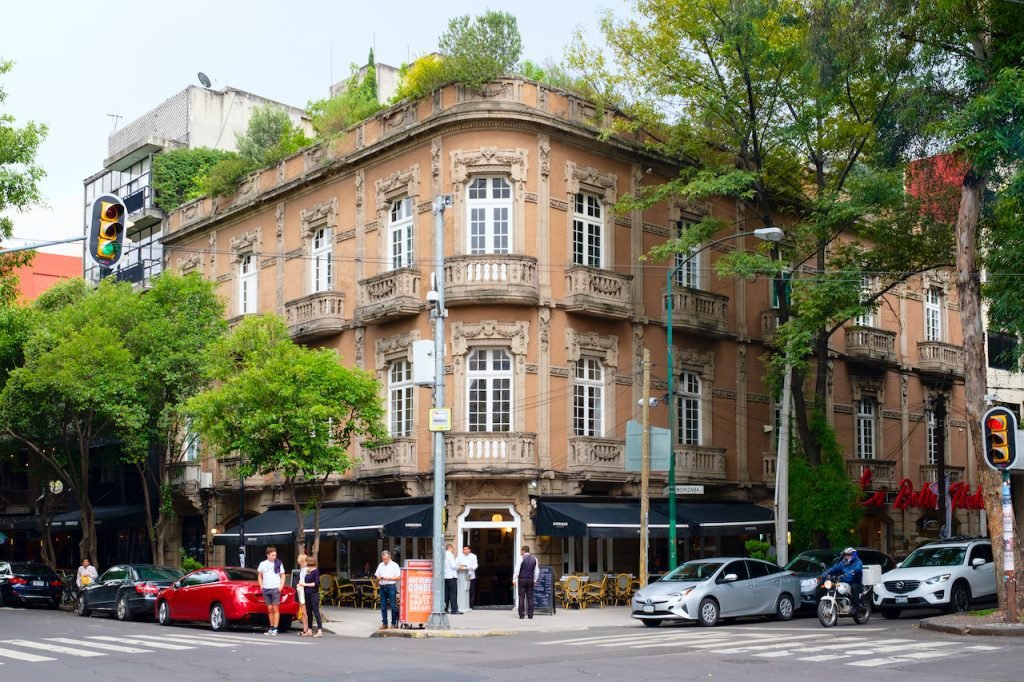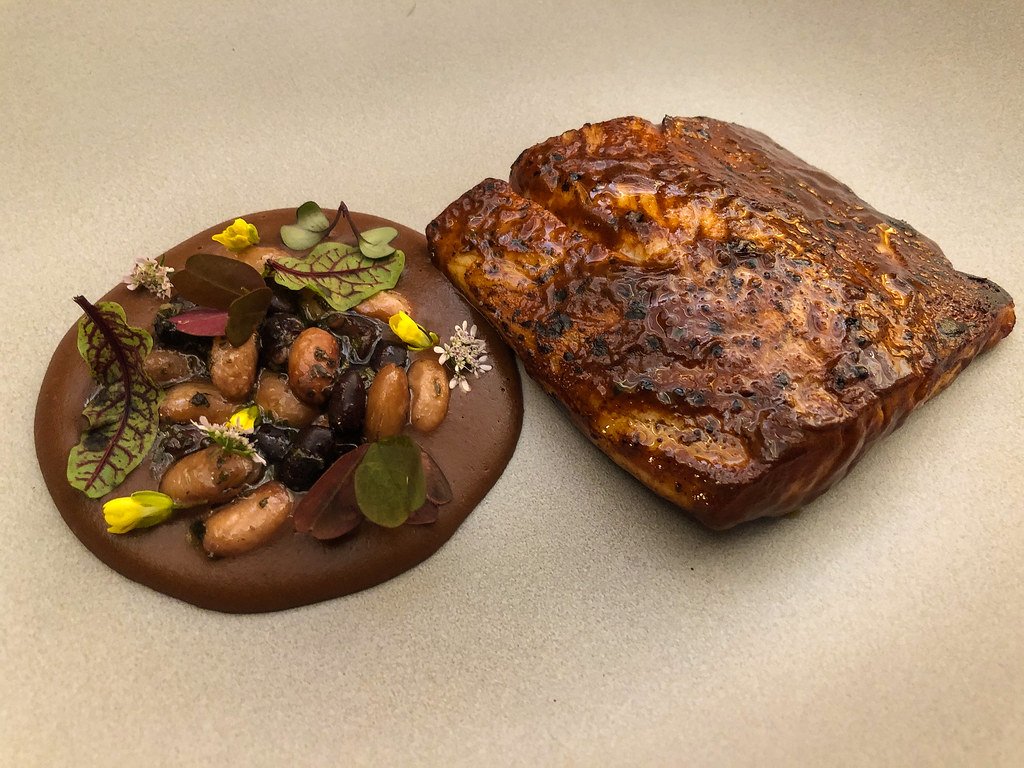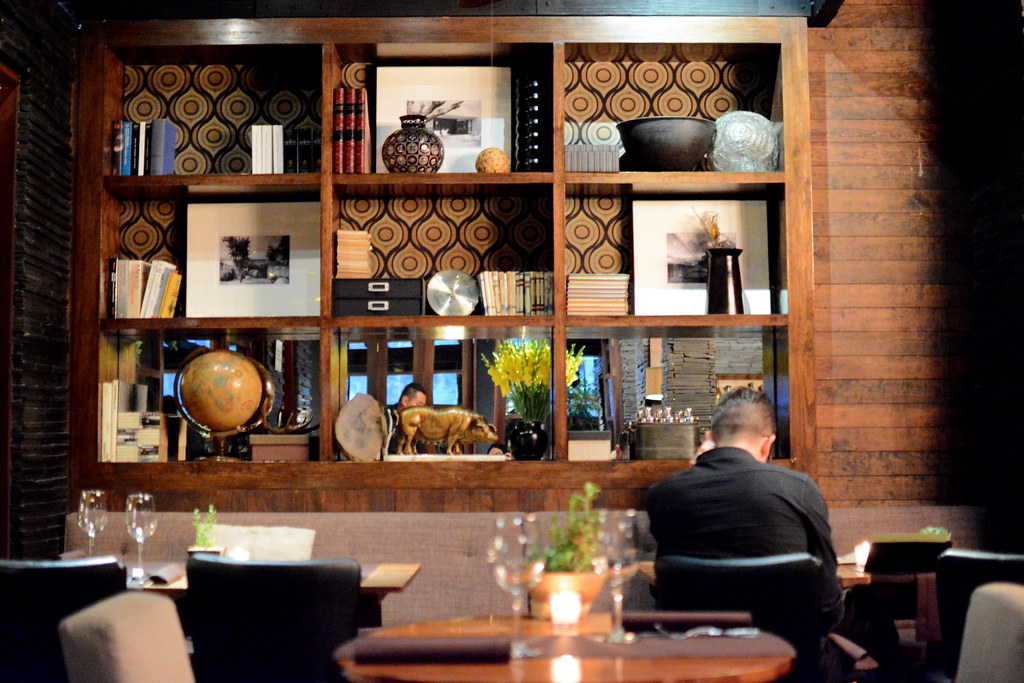
Mexico City’s art scene provides a tantalizing array of art collections spanning pre-Hispanic days to the present times, with some of the best museums, galleries, and street art in the world. Whether you are intrigued by the works of Kahlo and Rivera or drawn to the masterpieces of the city’s established and emerging artists, Mexico City’s art scene is bound to captivate and inspire you. In this article, we will uncover some of the best museums, galleries, and street art that have played a significant role in shaping the Mexican art scene.
With the Mexico City art scene in mind, let us create a custom-made itinerary for your unforgettable and unique experience.
National Museum of Anthropology Mexico City
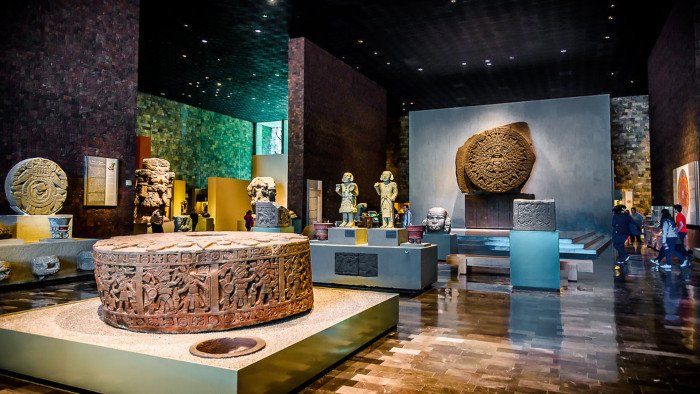
The National Museum of Anthropology in Mexico City opened in 1964, is one of the most famous museums in the city, renowned for its extensive collection of pre-Columbian heritage and civilization artifacts. This 23-room museum is home to the world’s largest collection of ancient and present Mexican artifacts (more than 600,00). Therefore, if you want to understand Mexico City, this is a must-visit tour destination.
The major exhibits at the National Museum of Anthropology showcase the artifacts and culture of the Pre-Colombian heritage and civilization in Mexico. The major exhibits include the Aztec Sun Stone, the colossal Olmec heads, and the treasures of the Maya civilization, such as the jade mask of Pakal the Great. The museum also features reconstructed temples and ancient codices, which provide a comprehensive overview of Mexico’s rich history and culture.
The National Museum of Anthropology is an invaluable destination for understanding Mexican heritage as it offers an in-depth insight into the country’s indigenous cultures and rich history. Therefore, the museum serves as a bridge connecting the past to the present, emphasizing the importance of preserving and understanding cultural heritage in shaping the modern Mexican identity.
Are you thinking about a getaway to The National Museum of Anthropology in Mexico City? Send us a message, and we will make it happen!
Frida Kahlo Museum (La Casa Azul)
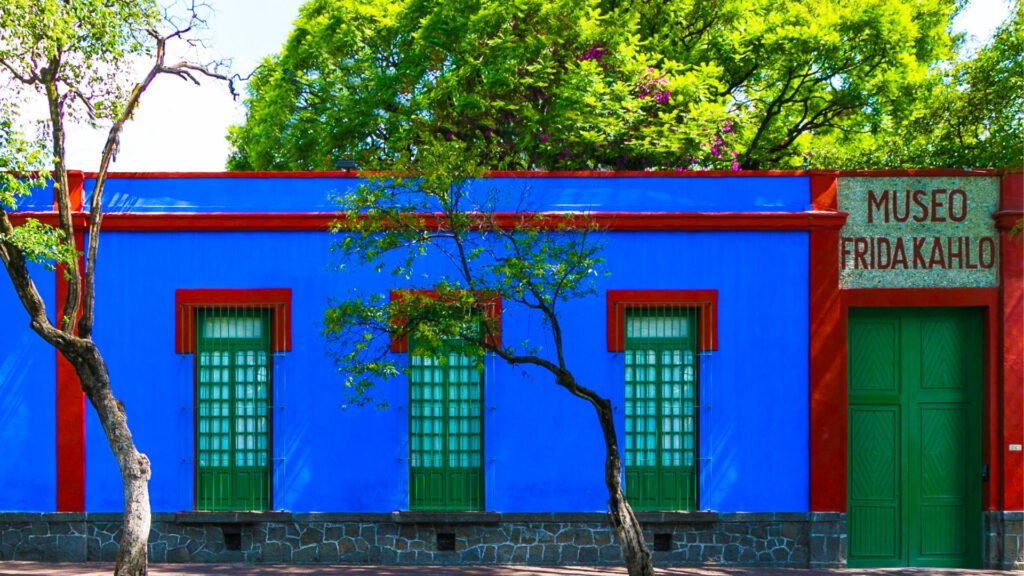
The Frida Kahlo Museum, also known as La Casa Azul, is where Frida Kahlo was born and later lived. The building was converted into a museum in 1958, four years after her death. Today, the museum showcases a vast selection of paintings by Kahlo and her husband, Diego Rivera. Notable highlights are self-portraits such as “Viva la Vida,” “Frida and the Cesarean,” and her unfinished piece, “Portrait of Dr. Juan Farill.“
The paintings, art, clothes, furniture, books, jewelry, household materials, and personal effects left by Kahlo and Rivera provide an intimate glimpse at Kahlo’s everyday life and struggles. Visitors can also see objects, folk art, pre-Columbian sculptures, photographs, documents, books, and furnishings by other contemporary artists from Kahlo’s time. Explore the rooms and courtyard where Kahlo lived and worked, and even visit the Altar de Muertes and her bedroom.
A tour of the Frida Kahlo Museum is often coupled with walking tours for a deeper insight into the artistic hub of the city. Therefore, be sure to arrive early in the morning to beat the crowds, and purchase tickets in advance to avoid long queues.
If you need any more help with preparing and planning for your tour of the Frida Kahlo Museum, one of our tour experts can assist you plan your dream getaway.
Palacio de Bellas Artes
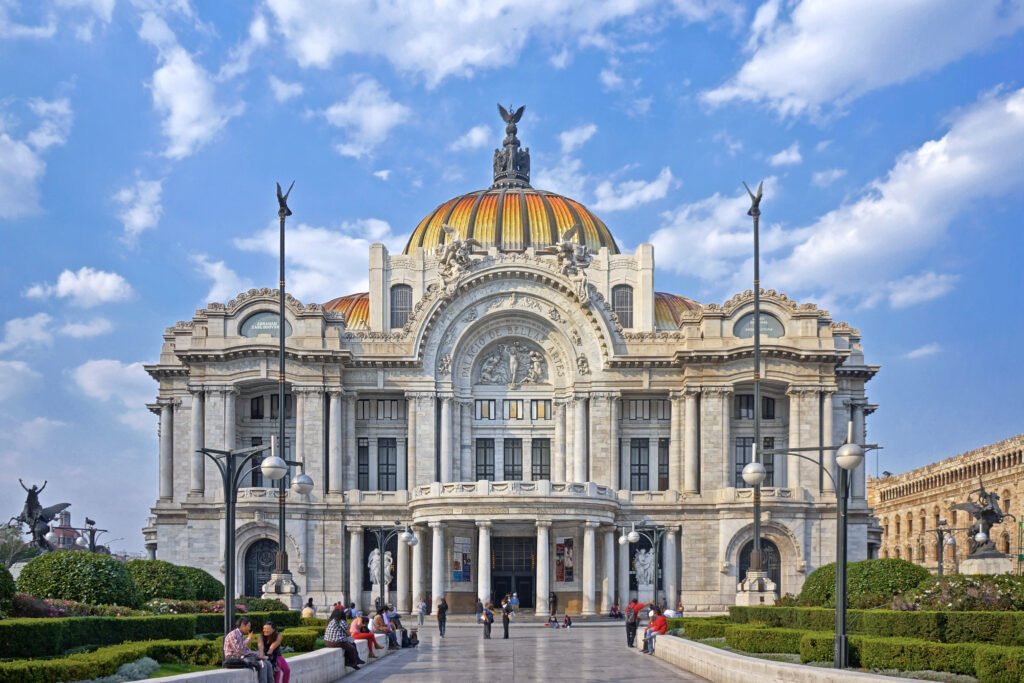
Palacio de Bellas Artes is one of the most grandiose and emblematic buildings in Mexico City. During any tour or discovery of Mexico City’s cultural landmarks, you will struggle to miss visiting the Palacio de Bellas Artes. Opened in 1934, the building is an iconic cultural center and architectural gem that serves as a premier venue for arts and performances, symbolizing Mexico’s rich cultural heritage.
The interior spaces are overwhelmingly vast: It hosts key performances, including the Ballet Folklorico de México and world-class operas, classical music concerts, symphonies, and theatrical productions. The palace also houses major exhibits, including murals painted by Mexicos’ most reputable muralists like Roberto Montenegro, David Alfaro Siqueiros, José Clemente Orozco, and Diego Rivera.
Architecturally, the Palacio de Bellas Artes is renowned for its Art Nouveau exterior, designed by Adamo Boari, and its Art Deco interior, completed by Federico Mariscal. Highlights include the stunning Tiffany glass curtain depicting the Valley of Mexico and the intricate marble floors and columns. This architectural splendor is a testament to Mexico’s rich cultural heritage and commitment to the arts.
Planning your Palacio de Bellas Artes escape? Contact us for assistance with transport, accommodations, tours, and everything that will make your tour memorable.
Museo Tamayo Mexico City
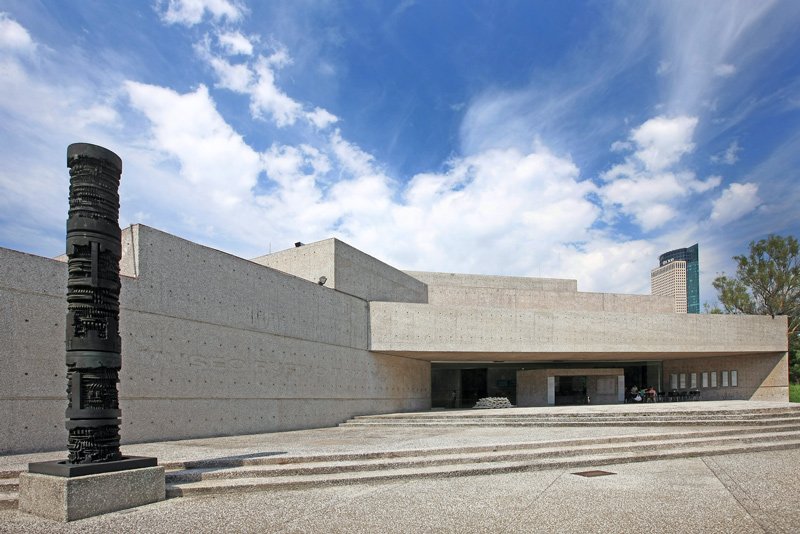
The Tamayo Museum, situated in the middle of Chapultepec Park, was founded in 1981 by Ruffino Tamayo – a Mexican artist. The building, designed by Mexico’s renowned architects (Abraham Zabludovsky and Teodoro González de León), is made of white marble stone and reinforced concrete. Inside, light wood floors and glass walls make the gallery spaces feel spacious, open, and contemporary.
The museum, a significant scene for modern art enthusiasts, showcases diverse exhibitions of modern art, including installations, sculptures, and multimedia works by both established and emerging artists. Notable exhibits have included works by renowned artists like Andy Warhol, Pablo Picasso, and Mark Rothko, alongside Tamayo’s own creations. Over the years, the museum has expanded its collection through acquisition funds from the Fundación Olga y Rufino Tamayo (FORT) and generous donations from artists around the world.
For modern art lovers, Museo Tamayo is a vital destination, providing a diverse and dynamic collection that bridges Mexican and global art. Its innovative exhibitions and educational programs continue to inspire and engage visitors, fostering a deeper appreciation for contemporary art in Mexico City.
Street Art in La Roma and La Condesa: Mexico City Art Scene

La Roma and La Condesa are one of Mexico City’s vibrant neighborhoods with the most architectural heritage where you can easily see different styles and influences: Arabic, Neo-Gothic, Italians, and French. This is because of the architectural reform that occurred during the Porfirian period (Porfiriato) between 1876 and 1911.
Roma is known for its homogeneous (Art Nouveau and Art Deco) architecture, cafes and restaurants, and more accessible sidewalks for pedestrians. The major street art locations in La Roma, such as Calle Colima, Avenida Álvaro Obregón, and Plaza Río de Janeiro, are dotted with striking murals and intricate graffiti. Notable murals are those by Mexican artists like Smithe, Saner, and Paola Delfin, and well as those by international artists like ROA and Seg
La Condesa is a leafy neighborhood popular for its tree-lined avenues, parks, fancy apartment buildings and bakeries. It has a European vibe, with avenues/streets named after European capital cities. Parque España is a popular spot for young professionals and dog walkers, with fancy apartment buildings and murals by Curiot and Paola Delfín.
For a walking tour, we recommend considering it as a half-day tour, as it will allow us to take our time, give you more time to explore, and stop for food and refreshments. Besides, for a safe and enjoyable experience, you should avoid crowds, stay aware of your surroundings, and avoid isolated areas, particularly at night. You may also want to avoid altitude sickness.
Celebrating Mexico City Art Scene: A Cultural Journey’s End
Exploring Mexico City’s art scene offers an inspiring and captivating blend of history, innovations, and vibrant creativity. From the rich collections in museums The National Museum of Anthropology and Frida Kahlo Museum, to contemporary masterpieces in Palacio de Bellas Arte and Museo Tamayo, to the dynamic street arts in La Roma and La Condesa, Mexico City’s art scene promises an unforgettable journey through its colorful and eclectic artistic expressions.
To make the most of your art journey in Mexico City, consider using our concierge service for tailored tours. We can personalize your experience to your interests, ensuring you don’t miss any hidden gems and providing deep insider knowledge for a deeper appreciation of the art.
Need help planning your discovery of Mexico City’s Art Scene? Reach out for a consultation today! Our concierge team can book tours, restaurants, and much more.

